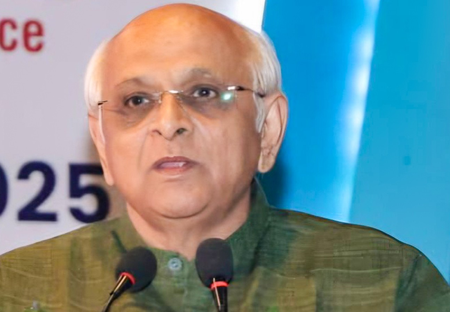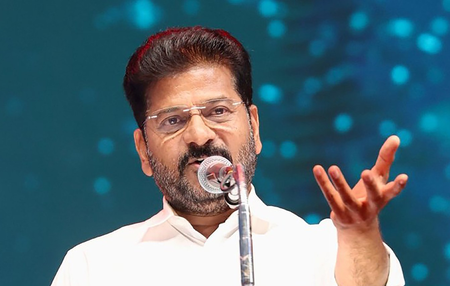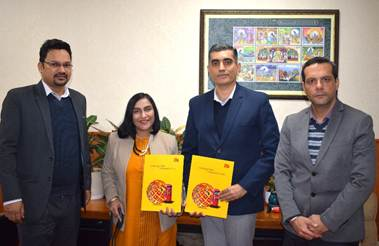
New Delhi, Sep 25 (IANS) Reduction in the Goods and Services Tax for room air conditioners (RAC) is set to lower consumer prices up to Rs 3,000, beyond the anticipated cost increase from new energy efficiency norms, a report said on Thursday.
The GST reduction on sub-2-tonne RACs is likely to bring down prices by approximately 6–8 per cent, translating into a saving of around Rs. 2,000–3,000 per unit, offering significant incentive for buyers, a report from ICRA said.
The GST rate on RACs was slashed from 28 per cent to 18 per cent as part of GST 2.0 reforms. The move could also boost demand later in the financial year, the report added.
Meanwhile, the upcoming Star label guidelines, effective from January 2026, aimed at enhancing energy efficiency standards, are expected to raise RAC prices by Rs 500–2,500 per unit.
“The new Star label change would partly offset the benefit arising from reduction in GST rates. However, it may lead to pre-buying in Q3 FY2026 and help the OEMs partly recover the sales lost during the 2025 summer,” said Kinjal Shah, Senior Vice President and Co-Group Head, ICRA.
Despite this reduction in prices, industry volumes are projected to decline by 10–15 per cent year-on-year in FY2026 due to an unprecedented dampening of summer demand from unseasonal rainfall in April–July.
“Unseasonal and above-average rainfall reduced the number of heatwave days, resulting in a 15–20 per cent drop in sales volume in April–July 2025, particularly in North and Central India, compared to a robust 40–50 per cent growth in the same period of the previous year,” ICRA said.
ICRA noted that low penetration, increasing urbanisation, and replacement demand safeguard the industry’s long-term prospects.
The research firm forecasted a 40–50 per cent increase in manufacturing capacity over the next two years, supported by a capex of Rs. 4,500–5,000 crore.
The government’s Production-Linked Incentive (PLI) scheme is also expected to significantly enhance indigenisation of components, to 70–75 per cent by FY2028 from the current 50–60 per cent, ICRA noted.
–IANS
aar/




